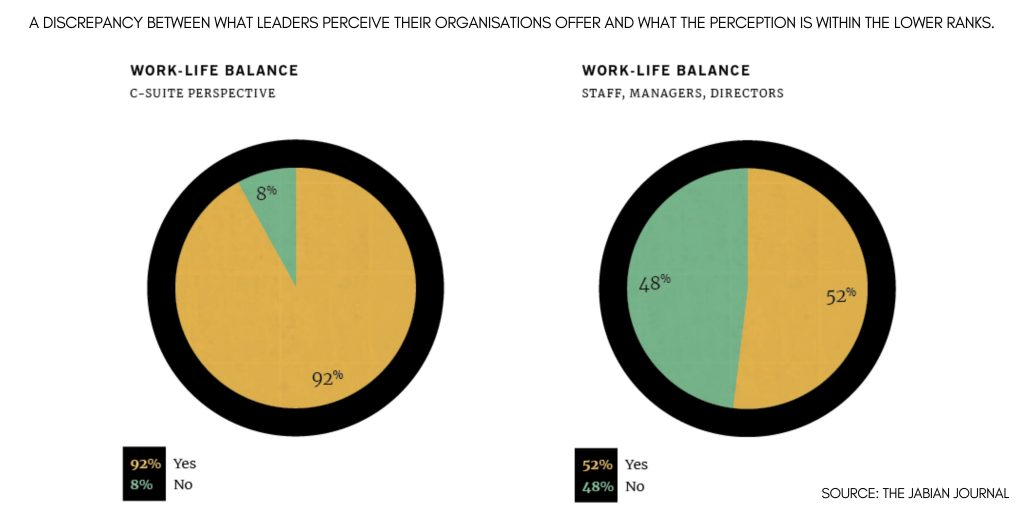When done right, employer branding can be the difference between a team of allies that fight and claw their way to A win versus a loose association of coworkers who think about taking your business to a new height, but rarely act on that instinct.
Talent acquisition professionals have long been juggling two seemingly contradictory roles: scouring the talent pool for top candidates and making their employer brand distinctive from peers. As the differences between recruitment and marketing dissolve, employers must give as much thought to their own presentation as applicants give to their resumes and cover letters. From the way your website looks to the online reviews people leave- everything informs prospects of your company’s reputation in the market.
Having a strong employer brand not only attracts new talent but also retains your best employees and reduces the costs of new hires. As a result, many businesses have now employed recruitment marketing professionals devoted to telling their organisation’s story- from its overarching mission to the nuts-and-bolts of its benefits, packages and culture to new candidates.
Here’s how to build a winning employer brand that will fill your talent pipeline with high performers:
1) Develop your Employee Value Proposition (EVP)
Today job-seekers are actively researching on what does and doesn’t make a company a great place to work. Thus, creating an EVP that is unique to your organisation will maintain top-of-mind awareness among passive candidates, giving you an edge over your competitors.

When done right, your EVP offers a compelling answer to the question- Why should a highly talented recruit choose to work with us? It must outline everything from the monetary and non-monetary rewards you can offer to potential employees- compensation, unique benefits, work-life balance, office culture, initiatives around diversity, inclusion and more in exchange for their skills.
2) Create A Messaging Strategy
Understand the market perception of your brand. Discover the disconnects between what you’re offering candidates and what the actual employee experience is. Align your key messaging to bridge the gap between the two to build towards a stronger brand perception.
There is nothing more harmful to your reputation as an employer than mixed messaging. Having a unified voice and brand presence at every touchpoint through strategic content mapping is crucial for establishing trust in your employer brand. Also, develop an authentic tone of your brand based on what makes you different, your core values and the needs of your target candidates. The best brands are bold and original, sharing what it’s really like to work with them. To align your content marketing strategy with your employer brand, you can enlist the services of a recruitment marketing agency.

3) Focus on your Workplace Culture
The truth is that nobody wants a desk job from 9 to 5. Most people aspire to be something more than just a “corporate slave”. They want to be a better version of themselves, spend more time with their family and engage in meaningful work that excites them.

Money or benefits are no longer key drivers in attracting and satisfying talent. Therefore, your company culture must align with what your candidates are looking for in a place of work. With that said, the internal culture of your organisation can be hard to manage as much of it is anchored in unspoken behaviours, mindsets and social patterns. But discussing your core values and positively reinforcing them through your actions and strategies is a start. A great corporate culture measures up to the higher-needs of its workforce through employee empowerment and recognition by creating a people-first environment.

4) Build A Network of Advocates
In our highly-social, interconnected world, the word-of-mouth is a crucial business tool for employer branding. People naturally trust employees more than the organisation itself, so if your current employees don’t love working for you, then people are going to know about it. And if your work culture is such that your staff loves being a part of it, then they can be powerful employee advocates for your brand.
In a nutshell, employee advocacy is the internal and external promotion of your organisation by your employees. It can help communicate the ‘WIFME’ (what’s in it for me) value proposition to job-seekers by curating branded content for your trusted advocates to share on their personal and professional social platforms, thereby increasing your credibility. By giving employees a voice in your brand to tell their own stories, experiences, motivations, and more, you can form a much deeper connection with potential recruits.
5) Track your Employment Branding Results
In our day and age, nearly everything can be boiled down to a number- company bottom line, performance, sales goals, revenues, employee turnover, target growth rates, and more to name a few. So, implementing the above steps without the metrics to track it doesn’t give a clear picture on the true value of your employer branding strategies.
You can set up social listening topics and use online review websites to identify key insights and gauge the overall perception of your employer brand. Make use of some reputation management softwares that can help you protect and build your brand by:
a) Intercepting unhappy prospects before they can leave damaging reviews online
b) Benchmarking your service experience
c) Soliciting more positive reviews and automating the collection of new testimonials
d) Updating brand-boosting content on your website regularly
e) Engaging with negative reviews as it’s 80% more likely to improve brand perception
Along with the aforementioned practices, tracking the ROI of your employer branding can distinguish your company as the ideal choice for job-seekers, setting the stage for more business. Remember that your organisation’s employer brand cannot be an afterthought. It must be at the heart of your inbound recruitment strategy and in unison with your business goals.





